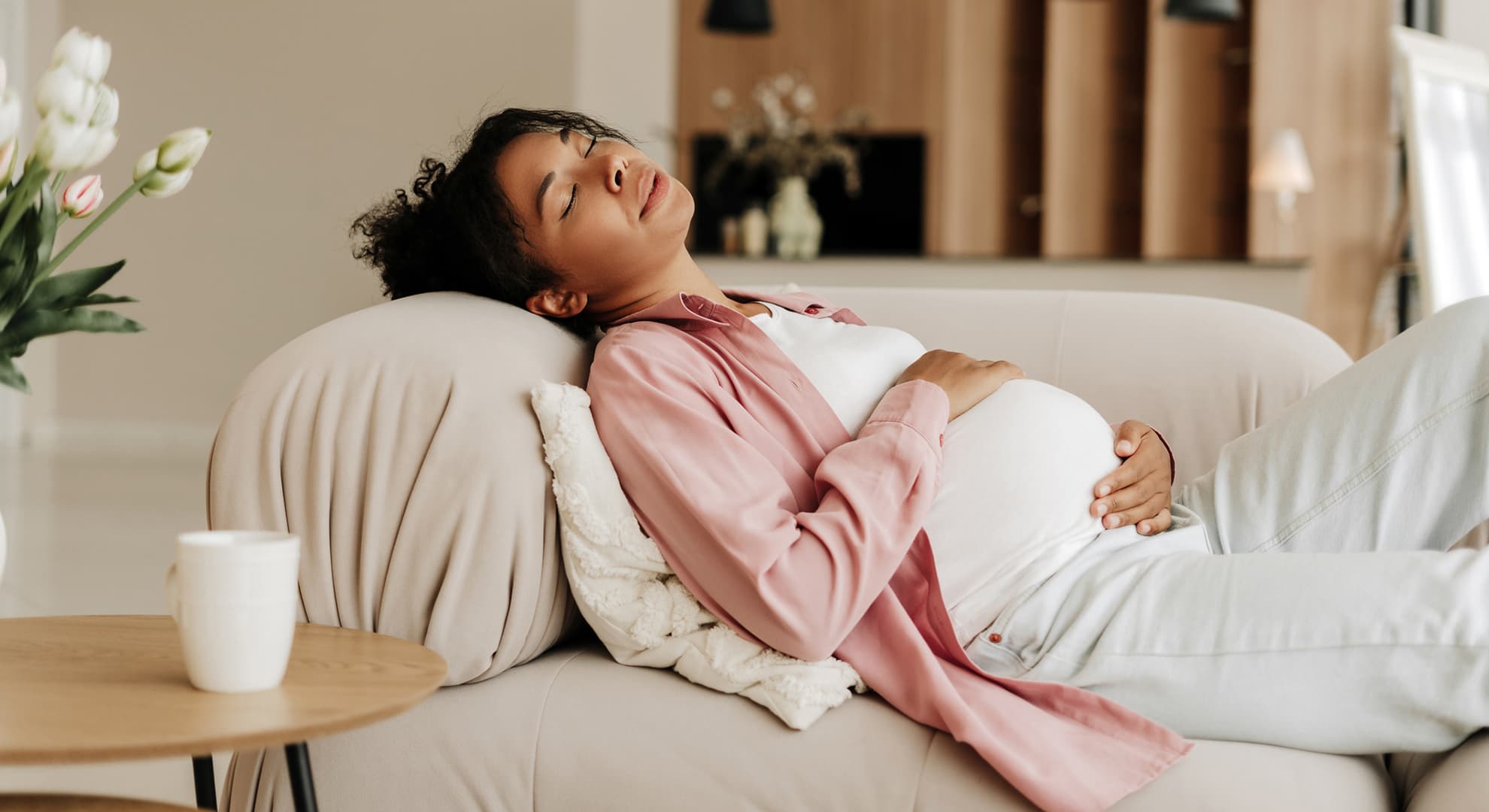Joint research from Edith Cowan University (ECU) and the University of St. Augustine for Health Sciences, in the US, is shedding new light on the broader potential of psychosocial occupational therapy, revealing it can play a vital role in supporting women navigating the challenges of high-risk pregnancies.
Up to one in five women experience high risk pregnancies, which necessitate specialised monitoring and care. ECU Occupational Therapy lecturer from the School of Medical and Health Sciences, Dr Thuy Tran noted that a diagnosis of high-risk pregnancy often triggers significant emotional turmoil, which can manifest as fear, anxiety or uncertainty.
"There is a lot of research evidence that reveals high-risk pregnancies result in increased levels of anxiety, stress, depression and a reduced quality of life. And while research has been done on how psychosocial occupational therapy could assist in those areas, there was no evidence which method was most effective," she said.
The research included a review of a number of psychosocial occupational therapy interventions, including cognitive-based interventions, counselling-based interventions, sensory-based interventions, emotion-based interventions, and integrated approaches.
The review found that cognitive-based interventions was the most effective in managing perinatal anxiety, depression and stress, while counselling-based interventions had a moderate impact on anxiety, depression and quality of life, but a strong impact on stress levels.
By contrast, sensory-based interventions seemed ineffective to treat anxiety, with low evidence that it had any impact on depression, stress, or quality of life.
Lead author Dr Sabina Khan, from the University of St. Augustine for Health Sciences said the findings from the research provided much-needed clarity about which psychosocial occupational therapy approaches deliver the greatest benefit for women facing high-risk pregnancies.
"By identifying that cognitive-based and counselling-based interventions are the most effective in reducing anxiety, stress and depression, this research helps guide clinicians toward evidence-based practices that can meaningfully improve women's wellbeing during a particularly vulnerable time.
"Women facing high-risk pregnancies frequently navigate fragmented systems. Embedding occupational therapy early helps close the gap between medical management and real-world function," she added.
Dr Tran added that the research suggests occupational therapy practitioners include cognitive-behavioral techniques in occupation-based sessions, and a greater emphasis on emotional and cognitive assessment during the perinatal period.
"We need to have a holistic approach to working with clients to ensure that our strategies help them to function optimally. Whether this is in their new role as a mother, or their role as a mother to multiple children, or as a partner, or in their social role," Dr Tran said.
The role of occupational therapists in women's health is steadily growing across Australia. Most practitioners operate in private practice and are recognised as mental health care providers, making their services accessible through mental health care plans, enhanced primary care plans, or via self-referral. While some hospitals already employ occupational therapists in this field, there is a strong call for this to become a standard component of care nationwide.
Dr Tran has urged pregnant women, particularly those experiencing high-risk pregnancies, to seek intervention early.
"Pregnancy is such an intense phase, with women experiencing significant emotional, psychological and physical changes int their bodies, all while their social and work roles are also transitioning.
"A lot of focus is placed on the baby, but we don't really talk about the emotional well-being of the mother and the transition from one role to the next. Having an occupational therapist can provide you with strategies to help that transition," she added.

 Up to one in five women experience high risk pregnancies.
Up to one in five women experience high risk pregnancies.



